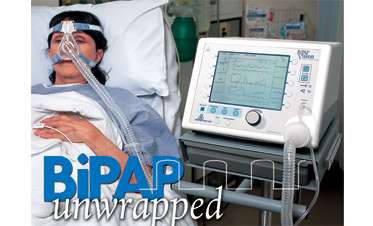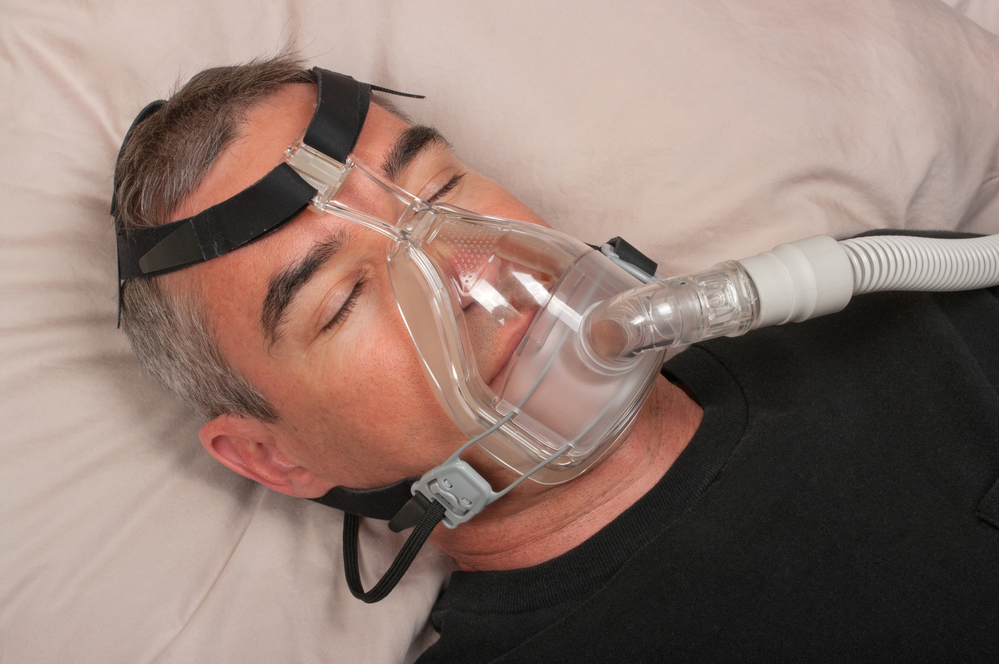Bipap vs. CPAP: Which Is the most effective for Your Sleep Problem?
When browsing the intricacies of sleep disorders, the option between BiPAP and CPAP treatment is a crucial consideration. While CPAP supplies a constant airflow appropriate for obstructive sleep apnea, BiPAP's dual stress setups might improve comfort for those with more complex respiratory concerns.
Comprehending Sleep Disorders
Rest problems encompass a series of conditions that interrupt regular sleep patterns, affecting both the high quality and duration of remainder. These disorders can show up in various forms, including sleep problems, rest apnea, narcolepsy, restless leg syndrome, and parasomnias. Each condition presents special difficulties, commonly causing considerable daytime fatigue, cognitive disability, and psychological disturbances.
Sleep problems is characterized by trouble dropping or staying asleep, while sleep apnea entails repeated interruptions in breathing throughout sleep, commonly causing fragmented rest. Narcolepsy, on the other hand, is noted by extreme daytime sleepiness and unexpected rest strikes. Restless leg syndrome triggers awkward sensations in the legs, triggering an irrepressible impulse to move them, which can likewise impede the capacity to drop asleep.
The influence of sleep conditions prolongs past private wellness, affecting total productivity, relationships, and high quality of life. Comprehending the certain nature of each condition is critical for effective diagnosis and treatment. As sleep health ends up being progressively acknowledged as a crucial part of general wellness, resolving these problems is crucial for boosting both rest high quality and everyday functioning.
How CPAP Works
Continuous Favorable Respiratory Tract Stress (CPAP) treatment is often utilized as a primary therapy for obstructive rest apnea (OSA) The system of CPAP includes making use of a machine that delivers a constant stream of air with a mask used during rest. This air flow preserves positive stress in the airway, preventing the collapse or blockage of the throat that can take place throughout sleep.
When a person takes in, the CPAP device provides a constant flow of air, guaranteeing that the respiratory tract stays open - BiPAP Rental. This not only alleviates the signs and symptoms of OSA, such as snoring and interrupted sleep patterns, yet likewise reduces the affiliated health and wellness risks, consisting of cardiovascular difficulties and daytime tiredness
The pressure setups on a CPAP machine can be tailored to meet specific patient requirements, frequently established with a rest study. People usually undertake titration research studies to find the ideal stress level for their special condition. Routine follow-up and changes may be needed to ensure efficiency and convenience. In general, CPAP treatment has been shown to dramatically improve the high quality of rest and total health for people enduring from obstructive sleep apnea.
How BiPAP Works
BiPAP, or Bilevel Positive Air Passage Stress, is a customized kind of non-invasive ventilation that is particularly advantageous for individuals with problems such as complicated rest apnea or breathing conditions. Unlike CPAP, which supplies a continual stream of air at a solitary stress, BiPAP supplies two unique pressure settings: check my reference a higher inspiratory stress for breathing and a reduced expiratory stress for exhalation. This dual-pressure strategy read this post here enables less complicated breathing, lowering the initiative needed throughout exhalation.
The gadget operates through a mask fitted over the nose or mouth, connected to a machine that creates atmospheric pressure. When the patient breathes in, the equipment supplies the higher pressure to assist with air movement, ensuring that the respiratory tract stays open. Upon exhalation, the maker immediately decreases the pressure, making it much more comfortable for the patient to breathe out.

Key Differences Between BiPAP and CPAP

On the other hand, BiPAP (Bilevel Positive Air passage Stress) offers two various stress settings: one for inhalation and a reduced one for exhalation. This twin pressure system enables for even more comfy breathing, specifically for individuals that deal with exhaling versus a continual stress. BiPAP is frequently recommended for patients with complicated sleep apnea, persistent obstructive pulmonary disease (COPD), or those that call for extra assistance during rest.
In addition, the complexity of BiPAP devices normally leads to a higher expense and calls for more cautious titration than CPAP. BiPAP Rental. Comprehending these key distinctions can assist in recognizing which gadget might be preferable for certain rest problems, setting the groundwork for enlightened treatment decisions
Selecting the Right Therapy
Exactly how can one identify the most ideal therapy for managing rest problems? The choice in between BiPAP and CPAP therapy mainly hinges on the specific qualities of the sleep problem, the person's general wellness, and their convenience with the gadget. CPAP, which supplies a constant stream of air, is frequently recommended for obstructive rest apnea (OSA) It maintains an open airway throughout sleep, properly protecting against hypopneas and apneas.
Alternatively, BiPAP supplies navigate to this website two degrees of pressure: one for breathing and a lower one for exhalation. This dual stress system is useful for patients with intricate sleep apnea or those that experience difficulty breathing out against a continual pressure. In addition, BiPAP is typically recommended for individuals with respiratory conditions, such as chronic obstructive pulmonary condition (COPD), where varying stress settings can boost comfort and conformity.
Ultimately, a thorough examination by a sleep expert, consisting of a sleep research study, can aid identify which treatment aligns finest with the person's requirements. Variables such as comfort, simplicity of usage, and particular clinical problems ought to likewise be taken right into consideration to enhance treatment end results.
Conclusion
In summary, both BiPAP and CPAP serve distinctive functions in the administration of rest problems. CPAP works for obstructive rest apnea via regular air movement, while BiPAP offers dual pressure settings that enhance convenience for those with complex rest apnea or respiratory system issues. The choice in between these treatments need to be led by individual needs and conditions, necessitating an extensive examination by a rest professional to make sure ideal therapy results and enhanced high quality of sleep.

On the whole, CPAP therapy has been revealed to significantly enhance the high quality of rest and total health for individuals enduring from obstructive sleep apnea.
BiPAP is commonly advised for patients with complicated rest apnea, persistent obstructive lung disease (COPD), or those who call for added support throughout sleep.
CPAP is efficient for obstructive sleep apnea through constant airflow, while BiPAP supplies double stress settings that boost comfort for those with complex rest apnea or respiratory system concerns.